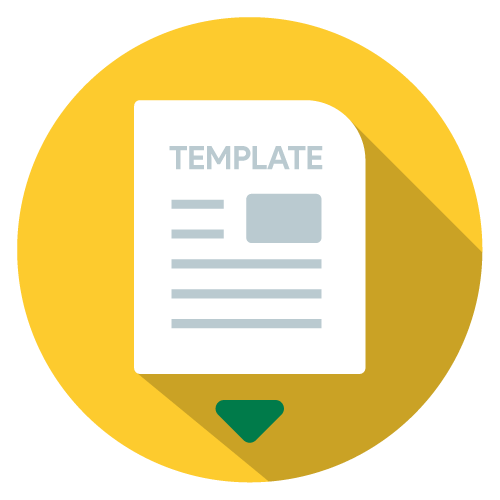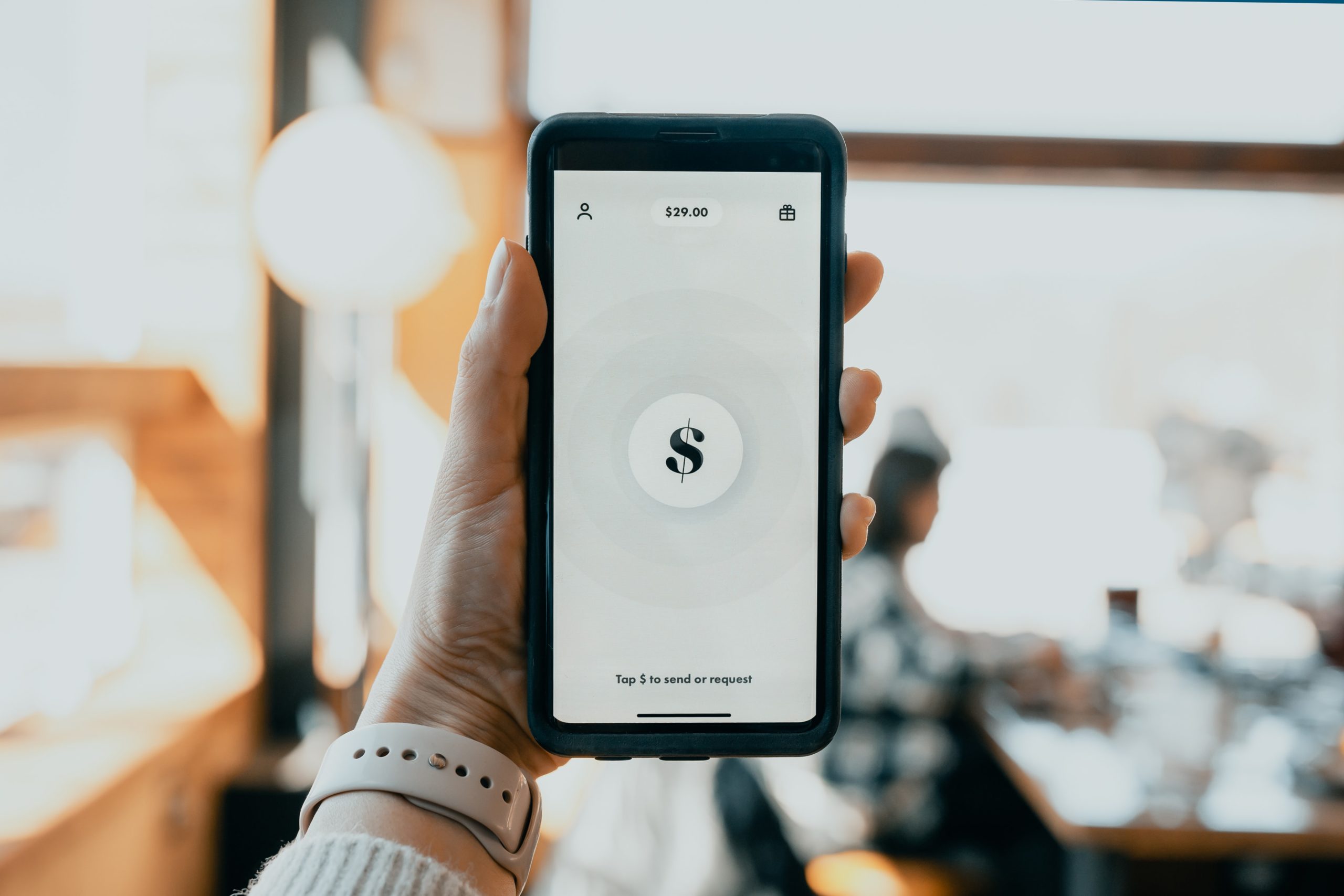Whether you’re a small business owner or enterprise manager, late payments can bring consequences to your bottom line. It can be tempting to let it slide, especially if you want to avoid confrontation. But as a business, getting paid is necessary, and you often don’t have a choice but to follow up on your late payment.
While sending an overdue invoice email to a client can be uncomfortable, as per our expertise, it’s the best way to get your due balance. In this guide, you’ll learn how to write an overdue invoice email and get must-know tips for following up.
What is an overdue invoice email?
An overdue invoice email – or past-due invoice email – is a message you send to customers who have not met payment terms. This email will include vital information, such as:
- Invoice details such as the invoice number.
- The amount of the overdue payment.
- Number of days overdue.
- Instructions for moving forward with the late payment.
Why do you need to send overdue invoice emails?
Past-due email reminders are a way to ensure that customers stay true to their commitment and keep your business’ cash flow healthy. Our findings show that they also help you maintain healthy relationships and increase your chances of repeat business with the right customers.
These emails are a quick solution to a missed payment issue. Overdue invoices are often a matter of clients overlooking or forgetting about their invoice. Or there could be an issue with their accounts.
And based on our observations, when business owners don’t hold their clients accountable, their small group of non-paying customers grows.
When should you send an overdue invoice email?
Drawing from experience, the time you send a polite email reminder is nearly just as crucial as sending one at all. But what should you consider the right time?
Our research indicates that some of the best times for businesses to send late payment reminder emails are:
- The day after the invoice is due.
- A week after the invoice is due.
- Over the weekend, when you have less competition for your customer’s attention.
If there’s no response, keep trying to touch base with your client.
You can also include how overdue the invoice is in your subject lines. This implies urgency which often results in quicker payment.
Once enough time’s passed that you’re confident they won’t pay for your product or services, it might be time to get a legal team involved.
Drawing from experience, if it’s in regards to a valuable customer like a partner, you might want to give a bit more leeway with late payments. So make sure to double check the client name before reaching out.
When your customer does pay, make sure to still send a receipt and email saying thanks.
Keep reading this blog for more ways to make sure you get paid what you’re owed for your products.
How to write a polite payment reminder email
If this is your first time sending a reminder email for a past due invoice, keep these steps and email templates in mind.
1. Mention the invoice in the email subject
One of the best ways to capture your customer’s attention is to reference the invoice in the email subject line. Include your company name for some context. For example:
“Subject: [Company_Name] Invoice [Invoice_Number] Overdue Notice.”
2. Include a polite opening
In the best-case scenario, your customer won’t need more than a quick and polite reminder to settle their bill. Maybe they just haven’t checked their accounts payable in a while.
As such, you’ll want to begin your overdue email with a polite greeting, which maintains the possibility of future contracts. Establish a friendly and positive connection by referring to them with a preferred name and giving them a gentle nudge regarding their purchase. For instance:
“Dear {{client name}},”
I hope you are doing well! This is a friendly reminder that your invoice [number] sent on [date] was due [date]. We understand you must have a busy schedule but would greatly appreciate it if you took a moment to look over the invoice.”
3. Reference the due date and amount
Based on our observations, if your customer does business with other suppliers, it can be all too easy to get lost in a sea of invoices. To avoid any confusion, you’ll want to include as much information as possible, such as:
- When you sent the invoice.
- When the invoice was due.
- The invoice amount due.
You can emphasize essential details in your outstanding invoice email by highlighting them in bold or italics.
4. Explain payment options
Remind your customer that settling overdue invoices can be simple by highlighting the payment options you accept. If you have an online payment portal, make sure to include this in your email. Our findings show that payment services that debit accounts directly have a better chance of getting you the money you’re owed.
Similarly, include a mailing address to send a check or money order if you offer these options. The simpler you make transactions, the more likely you are to receive the funds.
5. Specify the next steps
Based on our firsthand experience, one of the best ways to avoid non-payment is to make the next steps clear in your reminder email.
You’ll want to state your late fee policies and consequences for non-payment. Especially when following up with a customer who has incurred outstanding invoices before, or if they have multiple invoices overdue.
In these cases, you might want to charge interest or a one-time late fee.
If necessary, you may have to outline potential legal action. Here’s an example:
“This is to remind you that we enforce a late payment fee of $X, and failure to settle will require us to close your account for referral to a collections agency.”
What if payment request emails for outstanding payments don’t work?
The payment request email you send after one day won’t be the same as the one you send after two weeks. If your customer fails to settle an outstanding payment for longer periods, here are a few tips for tailoring your invoice late fee language according to the situation.
One week late
If there’s no response after your initial late payment reminder, it’s time to consider a 2nd email.
While you want this additional payment reminder email to still be polite and friendly, you’ll want to start firming up your tone and being more direct at the one-week mark. Get to the point quickly and state your late fee policy clearly. Also, include another copy of your invoice.
Consider this overdue payment reminder email template:
“Hello [customer Name],
As per our records, you still have not settled your payment on invoice # [number], which has been overdue for seven days. If you have already sent this payment, please disregard this email. Otherwise, we have attached an additional copy of the late invoice for your reference.
For added convenience, here are our payment options and a breakdown of our late policies.”
Two weeks late
At this point, a late invoice unsettled for more than two weeks may require an additional payment reminder email and a phone call. On top of this reminder, ask your customer to confirm whether they have received your message, prompting them to reply urgently. Through our practical knowledge, it’s possible that your messages were sent to their spam folder.
Use this template for your letter:
“Hi there [customer Name],
I have emailed you several times regarding your invoice # [number], now overdue by two weeks. We have attached another copy of your invoice in case it was lost or deleted. If you have any further questions about payment, please don’t hesitate to reach out.
Please be reminded of our late policy and reply to this message to let me know you have received it.”
One month late
Missing a payment deadline by a month can significantly hurt your bottom line, so don’t hesitate to take a firmer, tougher approach. As per our expertise, to get your client to take their past due invoice more seriously, communicate the consequences.
Specify any new charges to your client, especially if you plan to enforce late fees. If you are working on other ongoing projects with the same customer, let them know you will have to put a halt on tasks until they can settle all late invoice payments.
Remember, you want to be firm but not personal or accusatory. Keep things formal, and never undermine your professionalism by making sweeping statements.
Consider sending a similar message:
“Hi there [Name],
This is to remind you that invoice # [number] has not yet been settled and was due 30 days ago. Please be aware that outstanding invoices more than 30 days late may incur additional fees.
Please don’t hesitate to reach out if you have any questions. Otherwise, we can arrange payment terms that work for you.”
60 to 90 days late
Between 60 and 90 days of following up on your original invoice is when you might want to start considering turning the account over to a collection agency by a specific date. Make sure to let your customer know if you plan on making a claim.
Here’s a letter sample:
“Hello [Name],
This is to let you know that we still have not yet received payment for invoice # [number] and will require immediate attention. We have reached out several times requesting payment, and have outlined all the relevant payment details.
Please be aware that if you cannot settle the invoice for the amount of [amount] due on [date]. If you cannot settle the outstanding balance by [final date], we will have to refer your account to a collection agency.”
How to prevent late payments in the first place
While your business can suffer from late payments, sending friendly payment reminder emails can still be an uncomfortable process. After putting it to the test, the best way to avoid having to follow up on a past-due payment is to prevent late payments from happening in the first place.
Our findings show that you avoid late payments when you:
- Are clear about your repayment time frame.
- Outline your late payment policies, including any late fees.
- Send reminders before an invoice is due.
- Provide your product or services only after you receive payment.
- Charge a retainer fee as insurance.
- Give clients easy access to make transactions from their bank accounts to yours.
- Provide a site for clients to pay easily, like a customer portal.
Download your invoicing email templates for free
Unsure of how to word your payment follow-up email?
Use these free email templates to send invoice follow-ups and payment requests to your customers.
If you don’t see the download form, download template here.

Overdue invoice email: Key takeaways
Nobody wants to deal with an invoice that is weeks overdue. However, based on our firsthand experience, following up with your customers is necessary, especially if you want to keep your cash flow healthy. If tracking that money down is an uncomfortable experience for you, we hope these tips on how to write an overdue invoice email have helped.
As per our expertise, running a business and keeping track of your expenses can be challenging, but using a QuickBooks CRM such as Method CRM can streamline your workflow.
Overdue invoice email FAQs
What is the outstanding balance?
An outstanding balance is the amount of money that is owed in a given transaction. So, if you’re sending an overdue invoice email, you’re requesting that your recipient pays their outstanding balance.
How many overdue invoices are there?
Our findings show that the amount of overdue invoices you have is totally circumstantial. Drawing from experience, though it’s good practice to keep a record of all your unpaid invoices, as they can prove detrimental to the financial health of your business.
How do you calculate late fees?
There are a few ways to calculate late fees. Depending on your late fee policy, you may opt to charge based on interest or a lump sum.
To calculate based on interest, multiply your interest rate by the number of days the payment has been overdue.
Never lag on business with Method CRM. Start your free trial!
Image credit: Tech Daily via Unsplash






